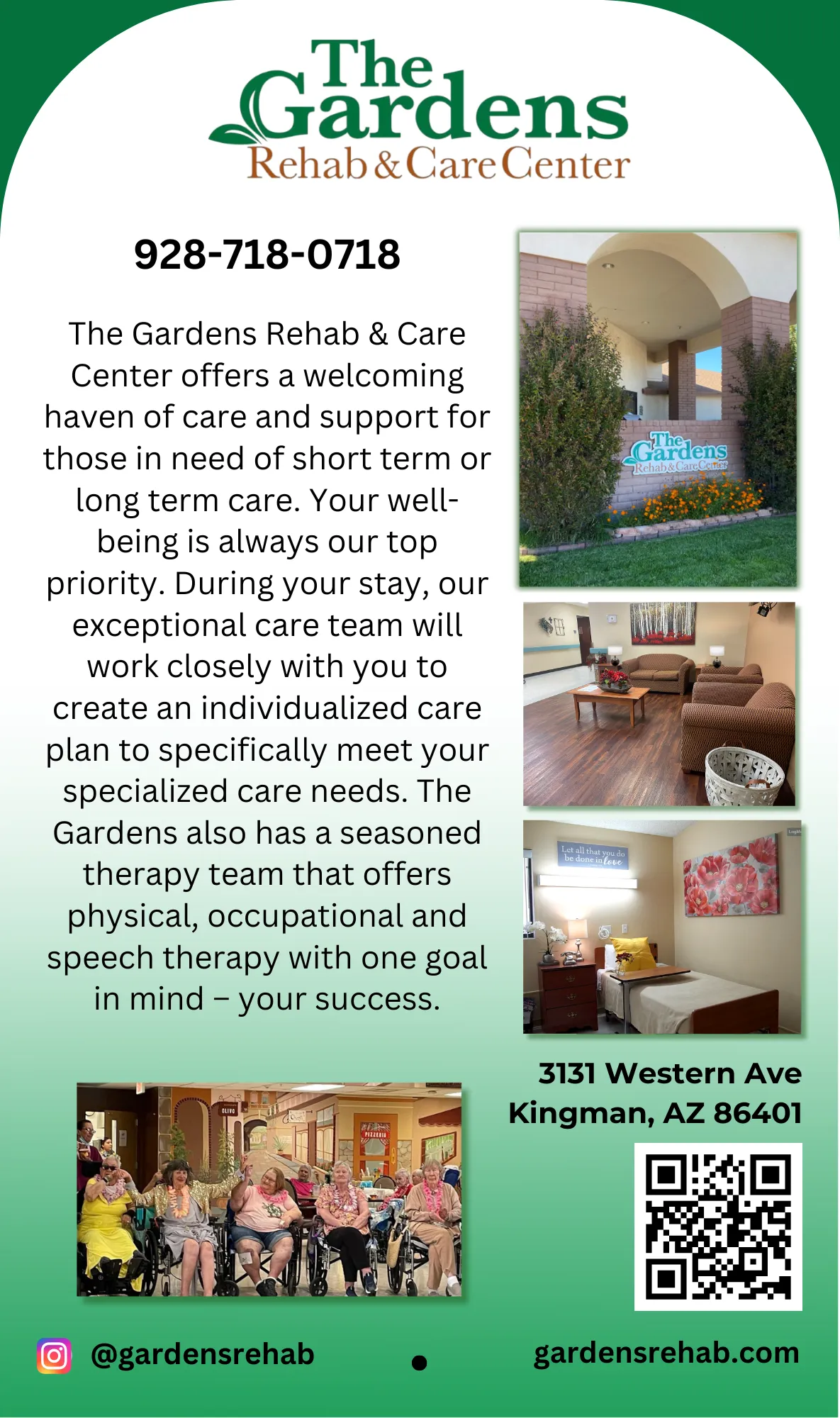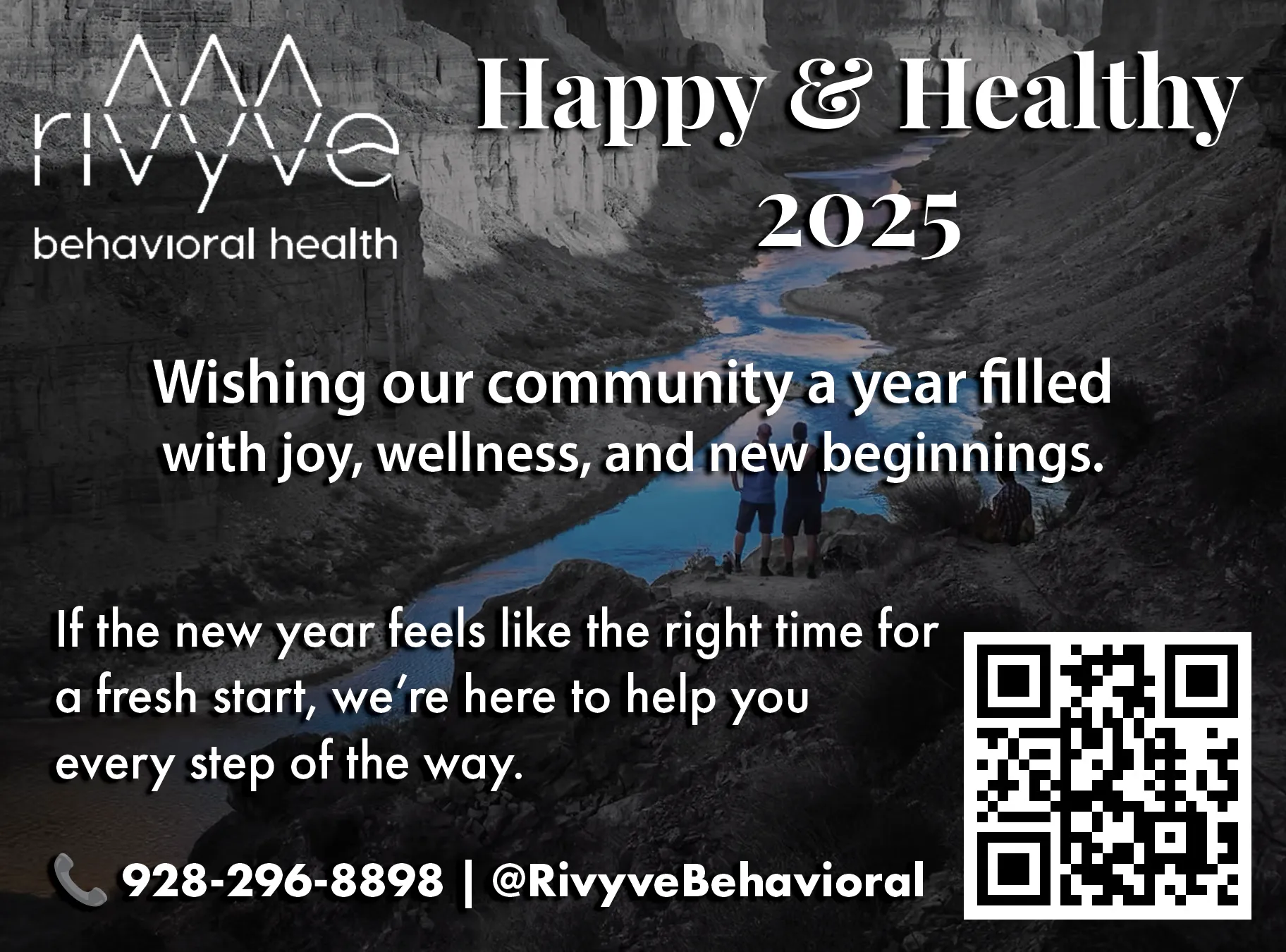NATION – Did you know hearing trouble is the third most common chronic health condition?According to the CDC, about 40 million Americans between 20 and 69 experience noise-induced hear-ing loss (NIHL) in one or both ears. The CDC reports that noise above 70 decibels (dB) over a prolonged period may start damaging your hearing, and noise above 120 dB can cause immediate harm.
Not sure what decibel level you’re experiencing? Here’s an easy rule of thumb: If you have to shout to hear conversation, it’s too loud. Because hearing loss occurs over time, people exposed to loud noise earlier in life may not experience the resulting hearing loss until later in life. “More and more employers are taking hearing protection seriously,” said Thiago Zambotti, vice president and general manager, General Safety, Honeywell Personal Protective Equipment. “It’s becoming increasingly common for older people to suffer from hearing loss, but that damage is being done many years earlier. This is largely preventable if you take steps to protect yourself.”
Here are common noise hazards you may encounter every day, and how you can protect your hearing:
- Home projects: Tools around the home, including lawn mowers, leaf blowers and power tools, can be about 90-112 decibels. This is considered a danger-ous noise, especially when you use them for long periods of time. Because home projects can take hours to complete, it’s best to play it safe and protect your hearing. Loud decibels above 120 will likely harm hearing capability.
- Live music events: When music is played for large audiences, the noise level is increased to about 110-130 decibels. Even smaller venues using amplification can be dangerously loud. This is why you may have experienced sensations such as ringing ears after an event. Listening to music at this volume for over an hour causes hearing loss, which is why musicians struggle with hearing loss more than most other people.
- Exercise classes: Fitness trainers often blast music to pump up everyone for the workout. Loud music in a small room can be about 80-116 decibels, which increases everyone’s risk of hearing loss the longer they’re exposed to it. You may also be endangering yourself by using earbuds to listen to loud music while working out, jogging or biking.
- Boating/driving/motorcycle riding: When driving with loud music, you may not realize the damage it’s causing, but wind noise can also be dangerous. If you’re boating, wind noise alone can be about 80-100 dB, on top of engine noise that may reach any-where from 70-90 decibels. According to the American Academy of Audiology, individuals driving with car windows down for more than an hour daily are three times as likely to have hearing loss. Motorcycle riders are exposed to engine noise that can reach up to 100 decibels or more, in addition to wind noise.
- Work environments: Some jobs are recognized for needing hearing protection, including factory work, construction and transportation. If you work in one of these fields, make full use of hearing protection your company provides. However, many other jobs may require more hearing protection than is realized. People who work in a music venue or run a fitness class, plus farmers, mechanics, ambulance drivers/EMTs, police officers and firefighters, are also at risk. According to WebMD, other occupations showing a higher level of hearing loss include teaching and food service (noisy classrooms, diners and restaurant kitchens).
“Unlike most other occupational injuries, noise-induced hearing loss (NIHL) is pain-free, invisible, usually gradual and so often goes unnoticed until the damage is done,” said Zambotti. “Although it’s the most prevalent occupational disease in the world, NIHL is preventable, if wearing the right protection.”
How to protect yourself:
- Wear high-quality hearing protection that fits well, such as protective earplugs or earmuffs.
- Take “quiet breaks.”
- Shorten the duration of noise your noise exposure
- Use power tools and equipment outside when possible
- Turn music down and if exercising, consider bone-conduction headphones, a bluetooth helmet or taking one ear bud out.






















